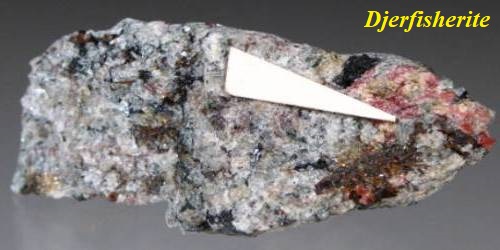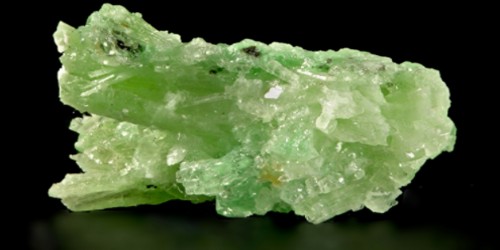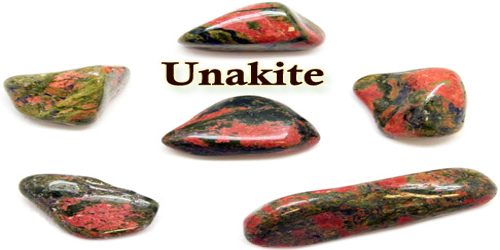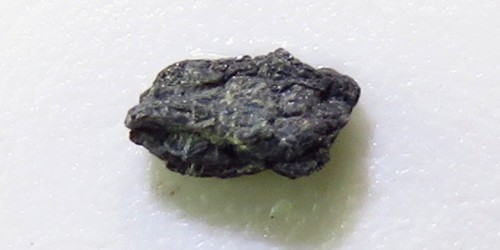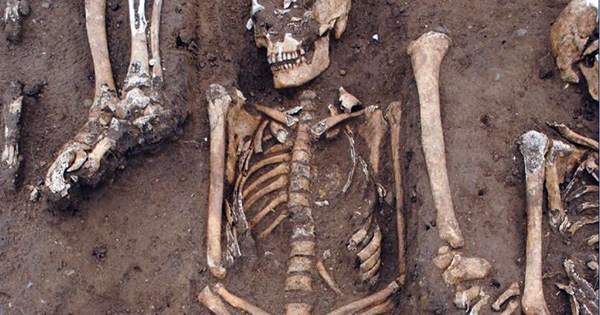Djerfisherite is an alkali copper–iron sulfide mineral and a member of the djerfisherite group. It is an isometric-hexoctahedral mineral containing chlorine, copper, iron, nickel, potassium, sodium, and sulfur. It has the chemical formula K6Na(Fe2+, Cu, Ni)25S26Cl. Its type locality is the Kota-Kota meteorite (Marimba meteorite), Malawi. It was first described in 1966 and named after Professor Daniel Jerome Fisher (1896–1988), University of Chicago.
General Information
- Category: Sulfide mineral
- Formula: K6Na(Fe2+,Cu,Ni)25S26Cl
- Crystal system: Cubic
- Crystal class: Hexoctahedral (m3m)

Properties
It forms crystals generally less than 100 μm in size and occurs as irregular single-phase grains or it fills fissures of the silicate matrix and infiltrates phlogopite along its cleavage planes.
- Color: Greenish yellow, khaki to olive drab
- Crystal habit: Rounded grains
- Mohs scale hardness: 3.5
- Luster: Submetallic
- Diaphaneity: Opaque
- Optical properties: Isotropic
Occurrence
It most commonly occurs in irregular patches of sulfide composed mainly of pyrrhotite accompanied by minor chalcopyrite and rare galena, in a matrix of Ti-bearing andradite, clinopyroxene, phlogopite, plagioclase, apatite and rare zircon, titanite, and pyrophanite.
It has been reported from meteorites, copper-nickel hydrothermal deposits, skarn, pegmatite, kimberlites and alkalic intrusive complexes. Associated minerals include kamacite, troilite, schreibersite, clinoenstatite, tridymite, cristobalite, daubreelite, graphite, roedderite, alabandite, talnakhite, pentlandite, chalcopyrite, magnetite, valleriite, sphalerite and platinum minerals.
Information Source:
